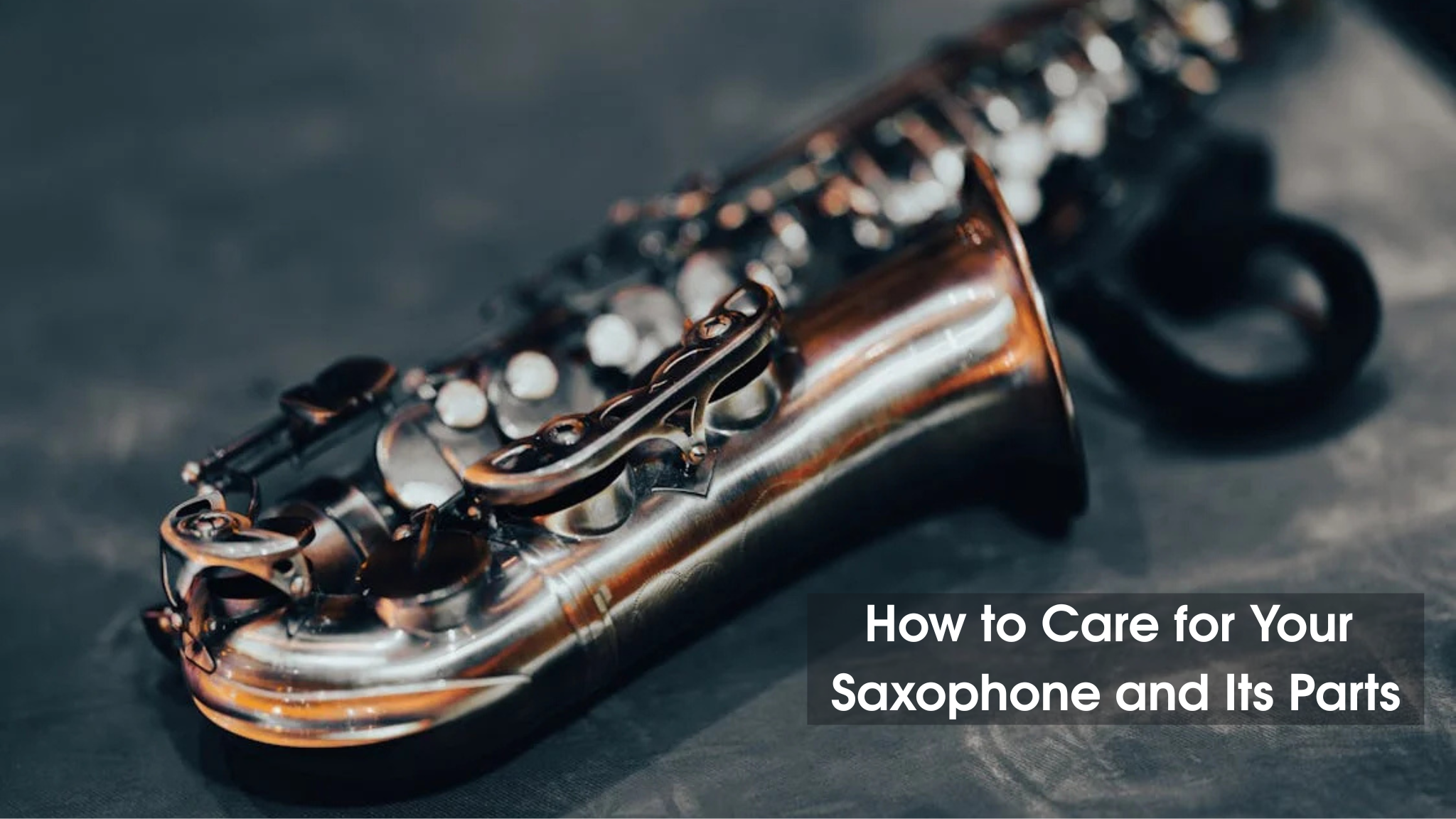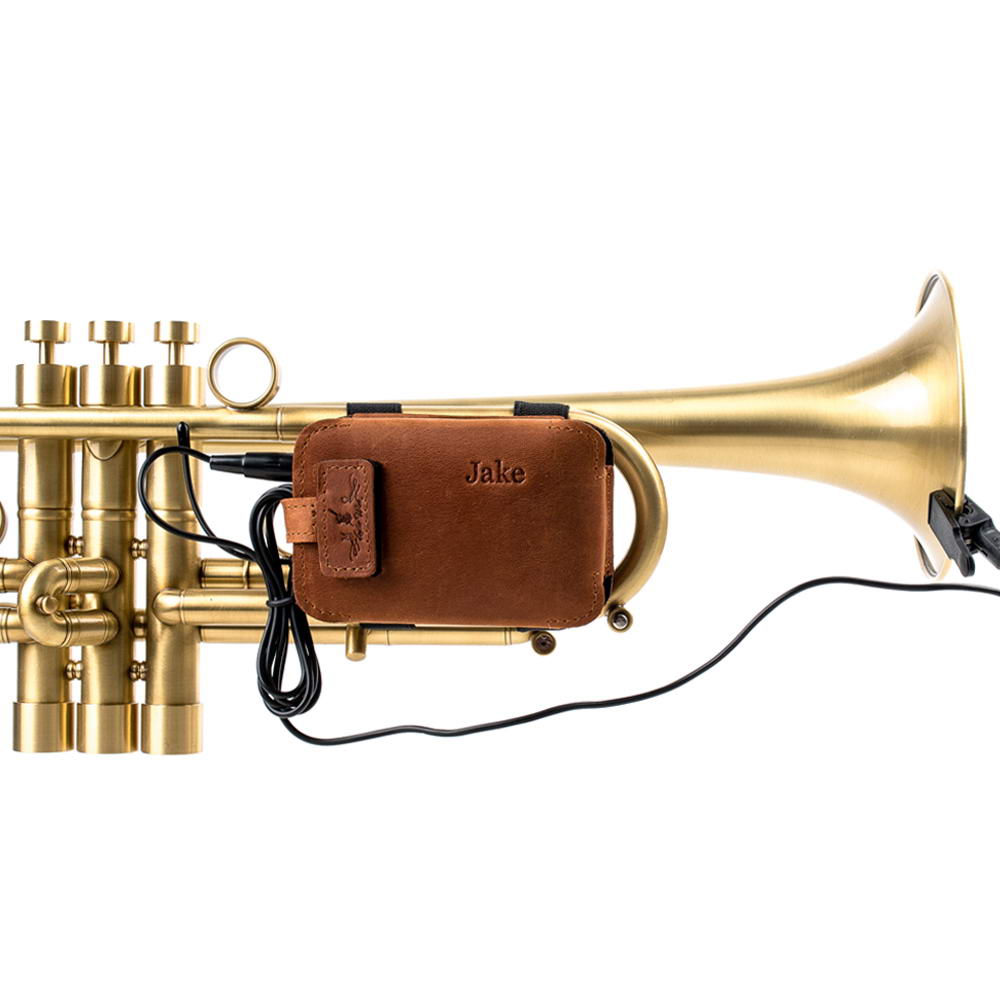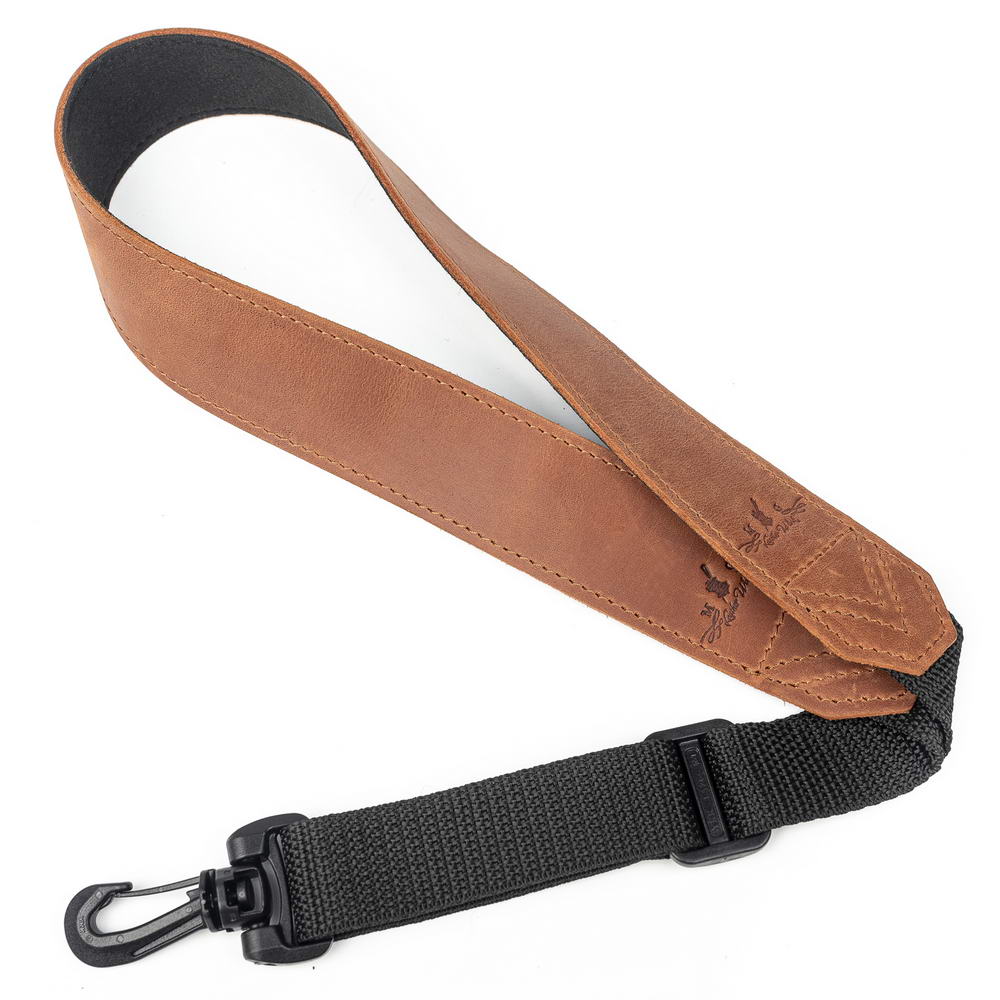
How to Care for Your Saxophone and Its Parts
The top condition of your sax and perfect functioning of all its parts depend significantly on how regularly you care for it and whether you do it right. In this article, we will share cleaning and maintenance tips to help your sax last longer and sound perfect all the time.
The Gear You Need to Clean Your Saxophone
Here is a list of things you need to maintain your saxophone in proper condition:
-
Swabs: You need a couple of them: a bigger one to clean the body of the instrument and smaller ones for the neck and the mouthpiece.
-
Polishing cloth: This keeps the surface of the body, keys and exterior shiny and free of fingerprints. Alternatively, you can use the same swab as for cleaning as they are typically made from soft microfiber.
-
Pad saver: This fluffy, long stick is used as a de-moisturizing tool for cleaning the saxophone from the inside, however ensure you buy a quality one that won’t leave any hairy fibers inside your instrument.
-
Mouthpiece brush with soft bristles: With its help you can clean the inside of the mouthpiece thoroughly.
- Pad cleaning paper: Use it to remove the stickiness from key pads.

Tips on Daily Care for Your Saxophone: What You Should Do After Every Single Playing Session
This step should be part of your musical goals as proper caring for your saxophone will prevent rare respiratory disorders and save your money on costly repairs. So, the first step of a caring routine should be swabbing your saxophone’s body, neck and mouthpiece. It’s important because it maintains good hygiene and prevents odor.
How to Clean a Saxophone Body and Why You Need to Do It
During playing sessions, when you blow warm air into your cold woodwind instrument, water droplets appear from your breath. It forms condensation and leads to build-up of moisture inside the instrument, which is dangerous because of the bacteria it contains. If you don’t remove it, it can leave a residue inside your saxophone, which leads to sludge and will be reactivated every time you’re playing your sax. This sludge is typically concentrated in bigger amounts near the throat and that’s why it’s important to swab a saxophone’s neck and mouthpiece.
Use a soft, lint-free swab (made of microfiber or silk) to clean the interior. Run it through the body of your saxophone from the bell end to the neck tenon at least three times.

How to Clean Saxophone Mouthpiece and Neck
Use a separate swab for the body, the mouthpiece and the neck. For the neck and mouthpiece, you can use a smaller swab or a pull-through cloth. When cleaning the neck, put the swab into the larger hole and pull it through a couple of times. Wipe down the tenon of the neck until it’s completely free of dirt.
Take off the ligature and reed and swab the mouthpiece. It's also useful to rinse your mouthpiece with warm water to clean it from particles. For rubber mouthpieces you should use cold water as warm water can change their color. Some musicians also prefer using a toothbrush or specially designed mouthpiece brush to remove particles from the inside. Ensure you let the mouthpiece dry thoroughly before installing it back on the instrument.

How to Polish Your Saxophone
When talking about a saxophone, we usually imagine its shiny surface. Maintaining an attractive gloss of your instrument should be part of daily care, as fingerprints and moisture can tarnish the lacquer. To clean the exterior, use a soft polishing cloth. Gently wipe down the instrument's body, especially the keys and areas where your hands rest.

How to Care for Saxophone Keys
Remember that pads underneath the keys absorb moisture and can become sticky or deteriorate. Use a pad cleaning paper to gently press and release on sticky pads. Avoid dragging it through.
If your keys feel sticky, you can also use a wet cotton swab and start cleaning each pad one at the time. Move and roll the cotton swab gently over the key pad to clean it from any dirt.

How to Store Your Saxophone
You can store your saxophone on the stand if you frequently use it for recording or practicing, however ensure you don’t leave the mouthpiece on the neck overnight.
When not in use, you can also store your instrument in saxophone bags designed specifically for your model. Today, you can buy bags for alto, tenor, straight and curved soprano saxophones, made from genuine leather and featuring the shape tailored for specific instrument’s dimensions.
The properly chosen bag that is neither too loose nor too tight provides adequate protection. It will prevent unnecessary movement of the instrument during transport and protect both it and its mechanisms from damage.
When choosing a place for storage, ensure you avoid rooms with extreme temperatures as heat can warp pads and damage lacquer, while cold makes metal brittle. Also, ensure that the room has a low humidity to prevent metal parts from corrosion and protect them from mold.

How to Care for Saxophone Reeds
Before a playing session, you need to soak the reed for five minutes in water. This will prevent it from cracking. In other times, you need to remember that saxophone reeds are affected by the cycle of dry and wet weather as well as extreme changes of humidity. When not properly cared for, saxophone reeds become a place for mold growth and bacteria, which not only looks disgusting but also poses a potential threat for your health.

This is what you can do to preserve your reeds and extend their lifetime:
- Use breathable reed cases instead of airtight containers.
- To slow down the bacterial growth, store reeds in the fridge, but make sure that you use airtight bags.
- While touring, use plastic or glass jars to store reeds. Put them there with a lightly dampened sponge (with a bit of vodka) to stabilize them. However, never soak the reeds in alcohol directly.
- To prevent warping and mold growth, remove saxophone reeds from the mouthpiece between playing sessions.
Conclusion
Caring for your saxophone doesn’t require complex tools, however it demands time and a responsible approach. With daily care such as swabbing, cleaning keys and wiping down the surface, you can maintain your saxophone in excellent shape, and the properly maintained instrument will pay off with rich sound.
We also recommend taking your sax to a professional technician for a full inspection once a year to check it for leaks, adjust spring tension, replace worn pads, and for other actions to keep it in perfect condition.
Explore a full range of saxophone accessories on our website and take the opportunity to upgrade your instrument.
Are you going to buy a new saxophone? Read our Tips on Choosing a Saxophone to have some insights.




 https://mgleatherwork.com/pages/about-us
https://mgleatherwork.com/pages/about-us





Leave a comment
This site is protected by hCaptcha and the hCaptcha Privacy Policy and Terms of Service apply.